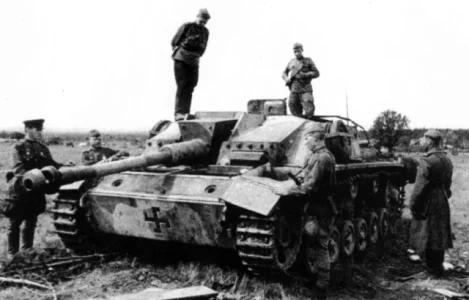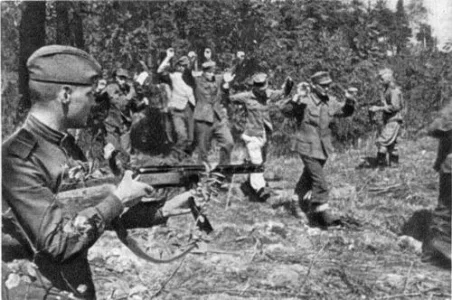In the beginning of the sailing season 1942 the Finnish Navy and the German Kriegsmarine estimated that the Baltic Sea was secured enough to prevent the Red Navy operations. Little did they know that the War Commission of the Leningrad front had ordered the Baltflot to prepare 30 submarines for the future maneuvers a few months earlier.
As the spring came later than usually and the lack of resources caused by the Siege of Leningrad the first 10-boat strong flotilla wasn't ready for the sorties until the beginning of June. Sch-317, commanded by Capt. Lt. Nikolai Mohov managed to sunk the the Finnish s/s Argo on the south-west side of the Bengtskär Island on June 16. Finns reacted on the next day, starting to form convoys from Turku to Stockholm, Sweden.
Next catches of the Sch-317 were Swedish s/s Ada Gorthon and German s/s Otto Kords, but the leaking fuel tank forced Mohov to head back to base. Oil trail was spotted and the Finnish Flying Squadron 6 sent SB-2 bombers loaded with depth charges. Eventually, Finnish minelayer Ruotsinsalmi and guard motor boat VMV 16 sunk the enemy. Sch-317 managed to sunk 5877 GRT.
Meanwhile, some other boats had headed to the Swedish coast and the southern end of the Baltic Sea. Only the S-7, commanded by Lt. Commander Sergei Lisin managed to sunk Finnish s/s Pohjanlahti (682 GRT) using her deck gun on Aug 5. Next flotilla, consisting of three M-class, three Sch-class, L-3, S-13 and Lembit submarines left the Lavansaari base starting in the mid-August. Lembit was an Estonian boat, captured in the summer of 1940 when Estonia "joined" the USSR.
Sch-309 commanded by Lt. Commander Isaak Kabo claimed the Finnish s/s Bonden (695 GRT) on September 12 and managed to avoid the depth charges launched by Finnish escort vessels Uisko and Tursas. Capt. Lt. Pjotr Malatshenko gained more success with his S-13: Finnish s/s Hera (1379 GRT) and s/s Jussi Hacklin (2325 GRT) were torpedoed on Sep 11 and the Dutch m/s Anna (290 GRT) was gun fired on Sep 18.
3rd flotilla was the largest, having a total of 16 boats, some of them had also participated the former operations. In the end of September and in the beginning of October ten Sch-class, three S-class and L-, D- and M-class (one of each class) boats left their bases. Most of the Sch-class subs headed to the Sea of Aland, S-class to the Gulf of Bothnia and the rest to the southern part of the Baltic Sea. However, only the Sch-307 of Lt. Commander Nikolai Momot claimed the Finnish s/s Betty H (2478 GRT) on Oct 26 and Lt. Commander Jevgeni Osipov's Sch-406 sunk the Finnish s/s Agnes (2983 GRT) on Oct 1.
In the undated pic we see Swedish coastal defense ship Äran escorting some convoy from Sweden to Finland.
Suomen sukellusveneet by Markku Melkko, p.104-107
SA-kuva photo # 26675














